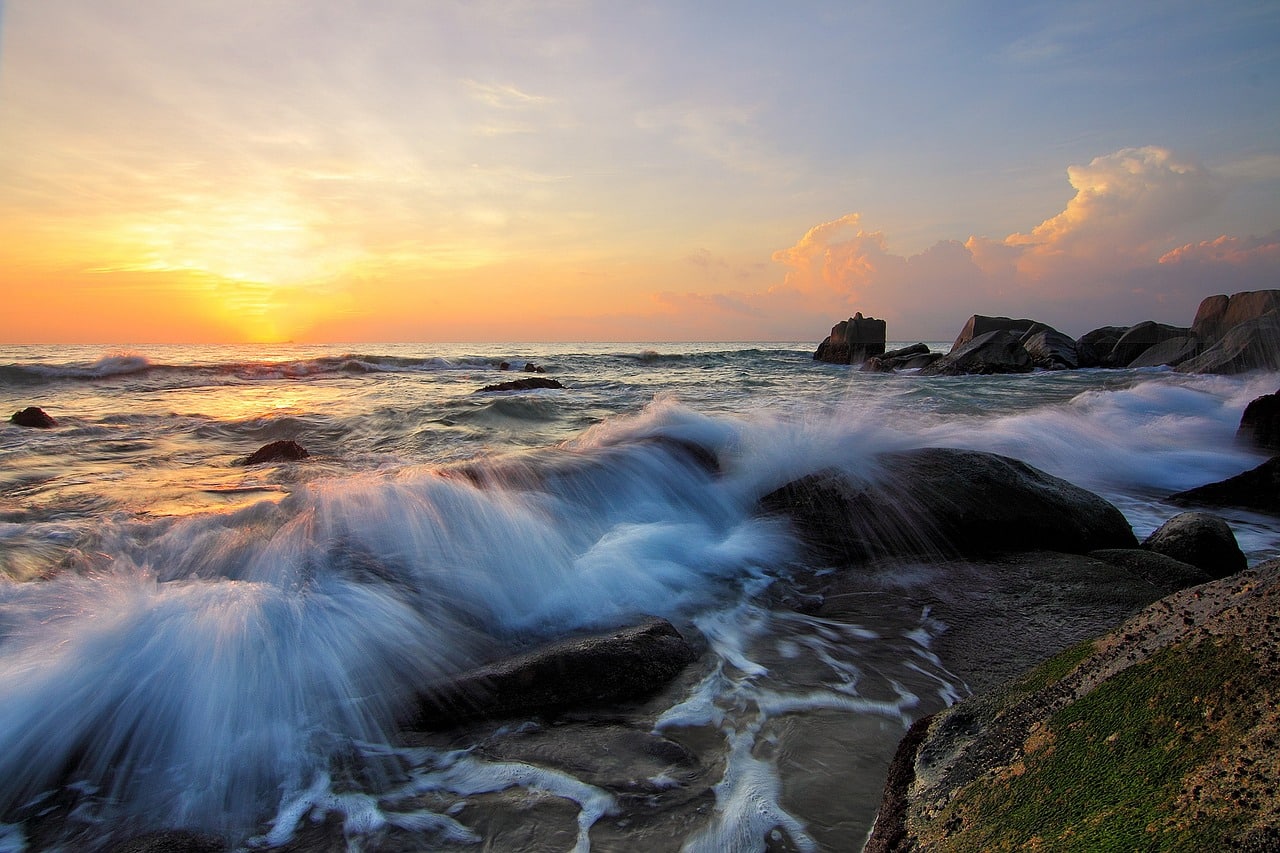A dead zone, also commonly known as hypoxia, refers to a decrease in oxygen in the water. Hypoxic zones can mostly be found in certain places in the ocean.
One of the biggest dead zones is in the Mexican Gulf and is caused by farmers fertilizing lands when preparing for their plantation/ crop season. When the rain washes fertilizer from the land and in the rivers and streams, dead zones are more likely to occur, reducing the oxygen in the water and killing the species or organisms living in them.
These zones occur primarily naturally and are enhanced by human activity. A lot of physical, biological, as well as chemical factors combine to create hypoxia. When excess nutrients run off the land, or even worse, are piped as wastewater back into our rivers or coastal beaches, it can cause the excessive growth of algae, that can sink and decompose inside of water. This decomposition process thus depleting all oxygen supply, which is used to keep marine species alive.
One of the worst things that can occur in the ocean, is a dead zone formation in coral reefs, which can kill millions of fish and destroy an entire ecosystem.
Causes of Hypoxic Zones
- When water heats up, due to climate change, more dead zones form as a result of eutrophication. The effect of eutrophication is when the underwater environment responds to pollutants, due to runoff that creates the overgrowth of algae.
- When algae overgrowth blocks light from the sun, it causes harm to underwater creatures, which stops the process of photosynthesis, killing all plants and species living in the water.
- Hypoxic zones are prone to occur in littoral zones, which are located at the edge of water shores and requires plenty of sunlight to flourish. When hypoxic zones occur in these areas, it causes the death of species ns and pollutes the earth.
Buy water coolers and rent water coolers from Living-Water in London.






